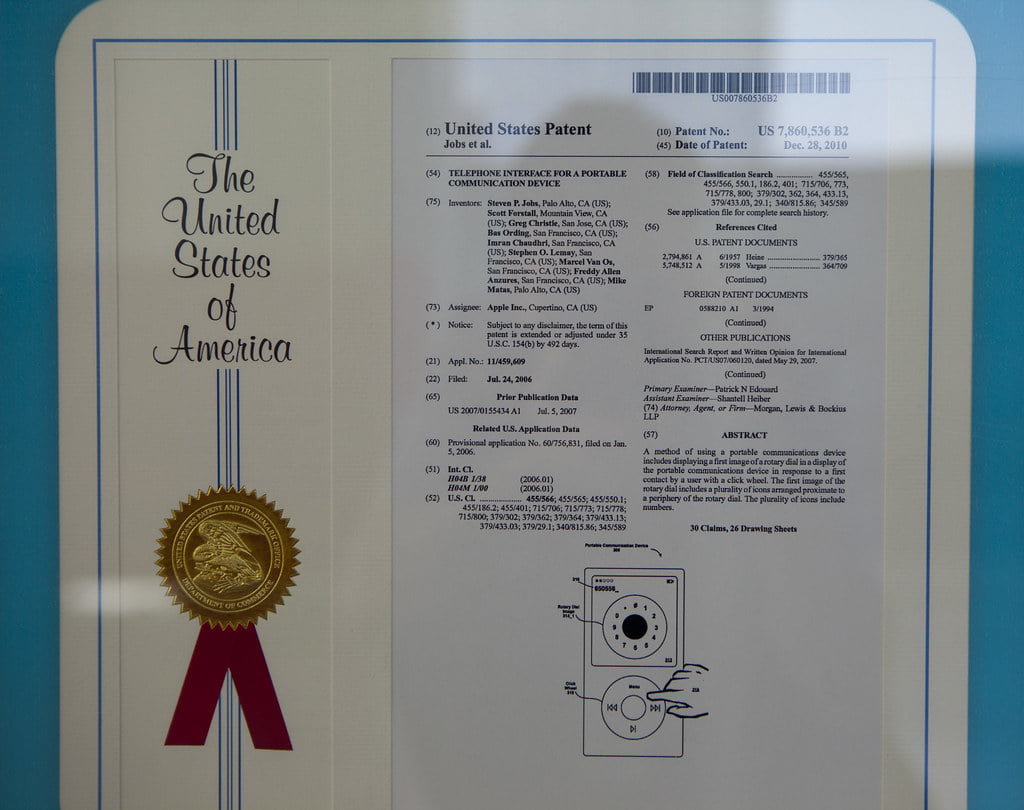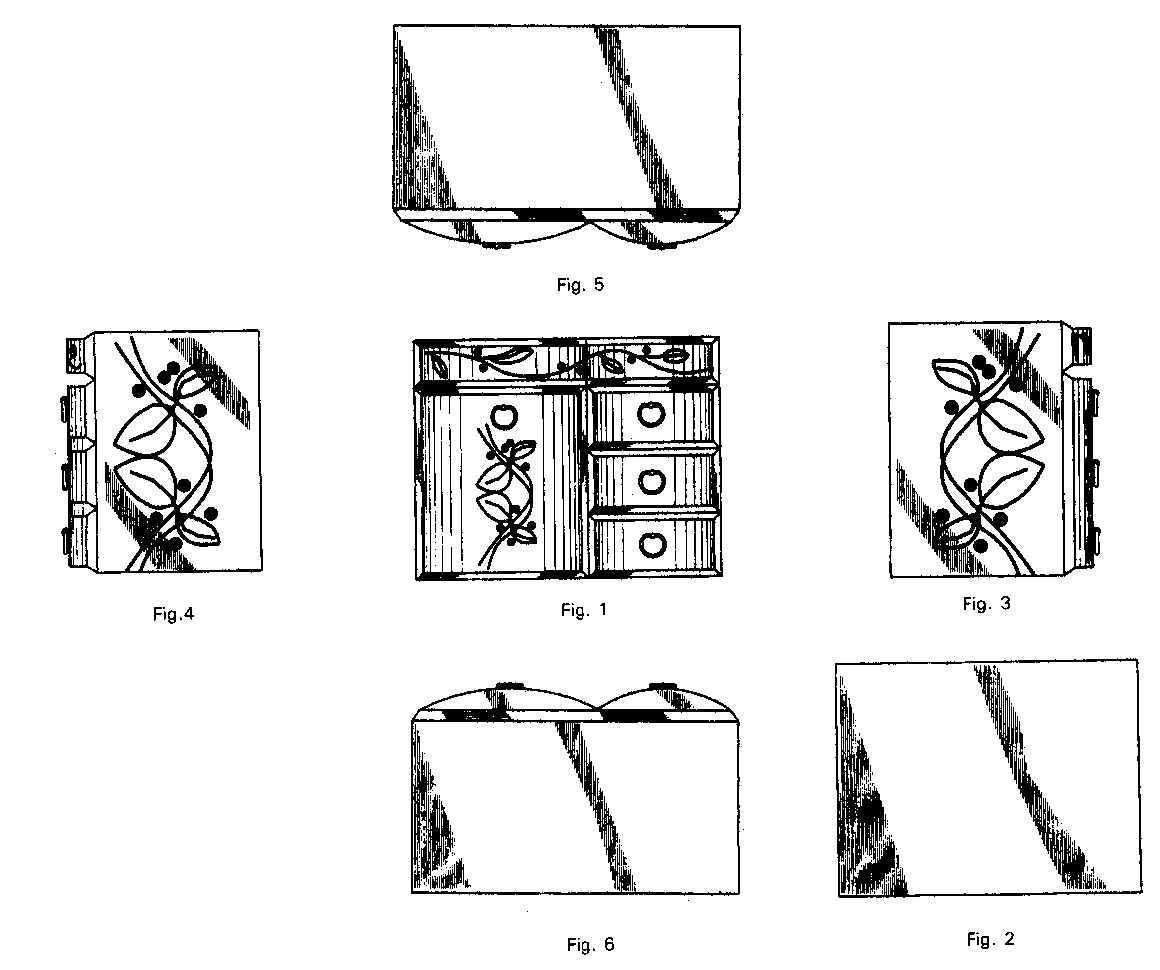Utility Patent Requirements: Everything You Need to Know
Patent Law ResourcesUtility Patent
Utility patent requires inventions to be novel, not obvious, statutory, and useful, while meeting written description, enablement, and best mode requirements. 10 min read
Updated November 18, 2020:
What Are Utility Patent Requirements
To meet utility patent requirements, inventions must be novel, not obvious, statutory, and useful. They must also meet the United States Patent and Trademark Office’s written description, enablement, and best mode requirements. Utility patent requirements are stiffer than other types of patents, but they also offer the strongest protection. Inventors who hold a utility patent can stop other people and companies from making, using, importing, and selling their inventions.
Meeting the Novelty Requirement
An invention is novel if it’s different from other products in the marketplace, which are known as prior art. Prior art includes:
- Publications and patents published before anyone developed the invention
- Some patent applications filed before the inventor filed a patent
- An invention that has an overseas patent
If the invention has all the same features as another product, it is not novel.
Meeting the Statutory Requirement (Promotion Before Approval)
An application may get rejected if the inventor shared information about the invention before filing a patent application. Before filing, it can’t be:
- Known to the public
- Described in any print publication
- Described in another published patent application or issued patent.




